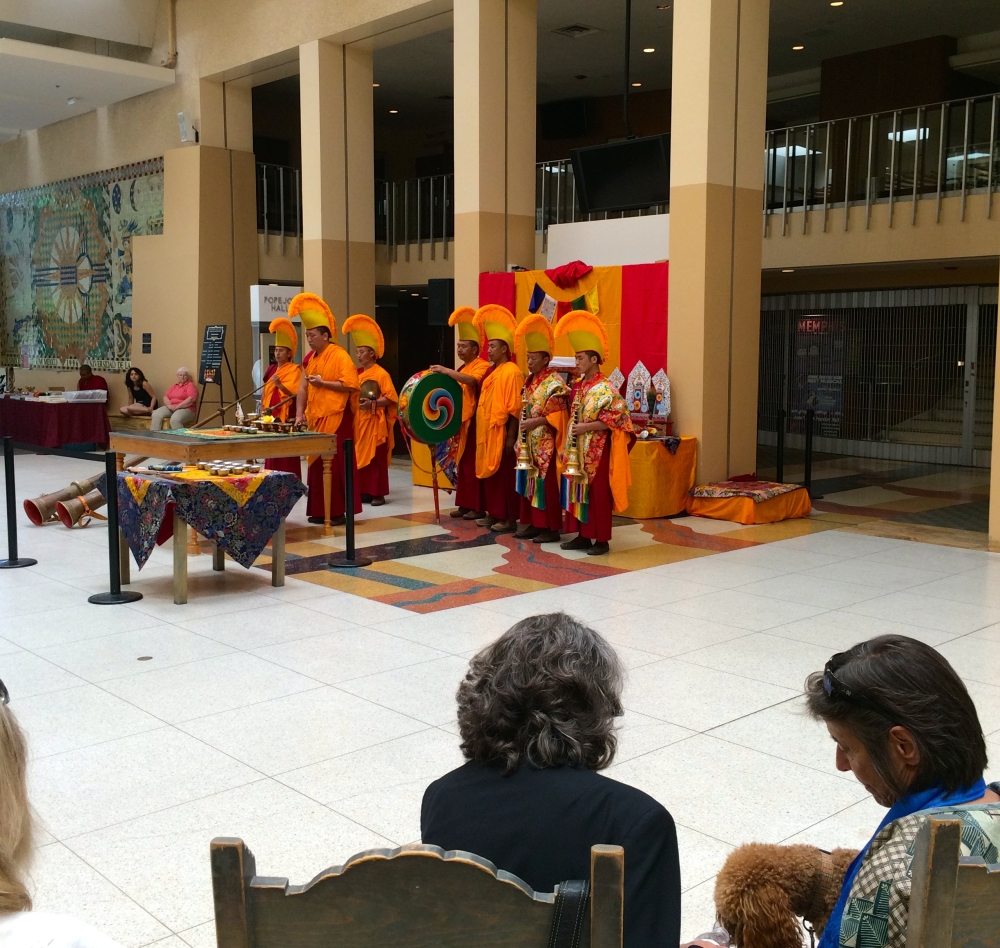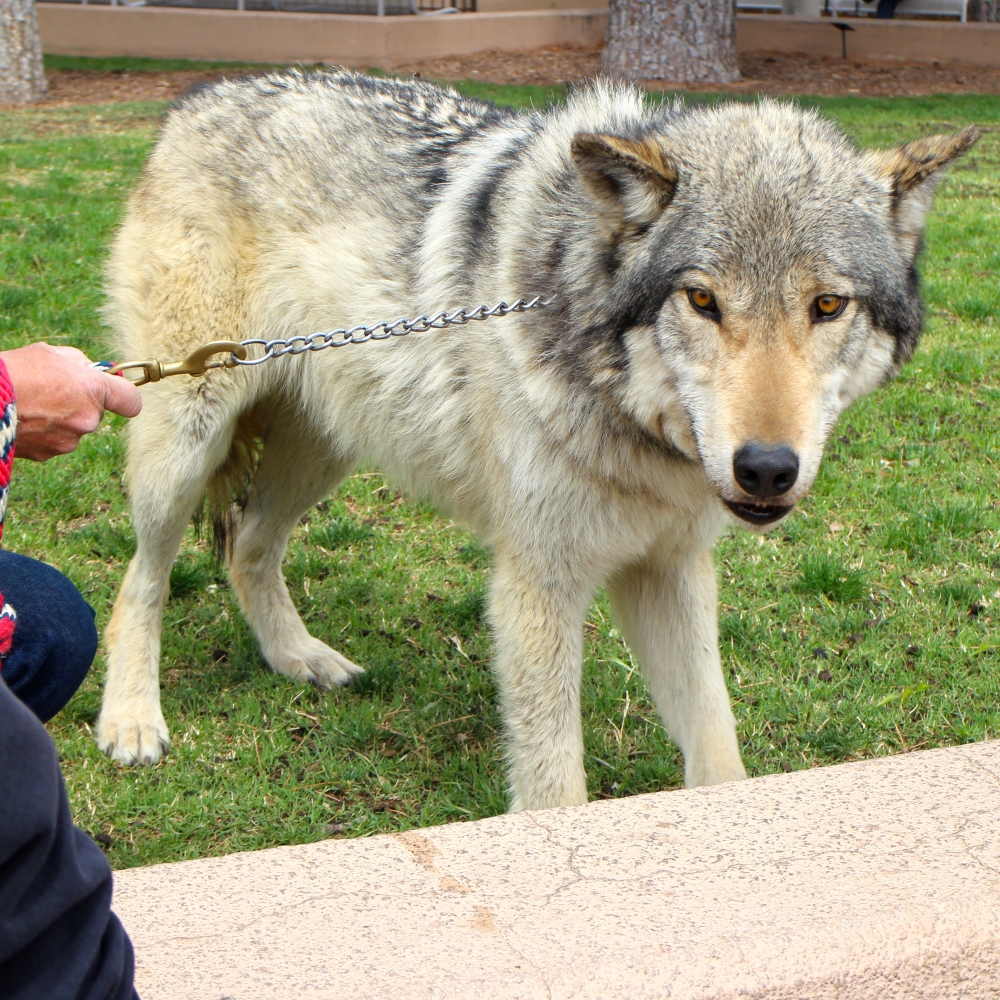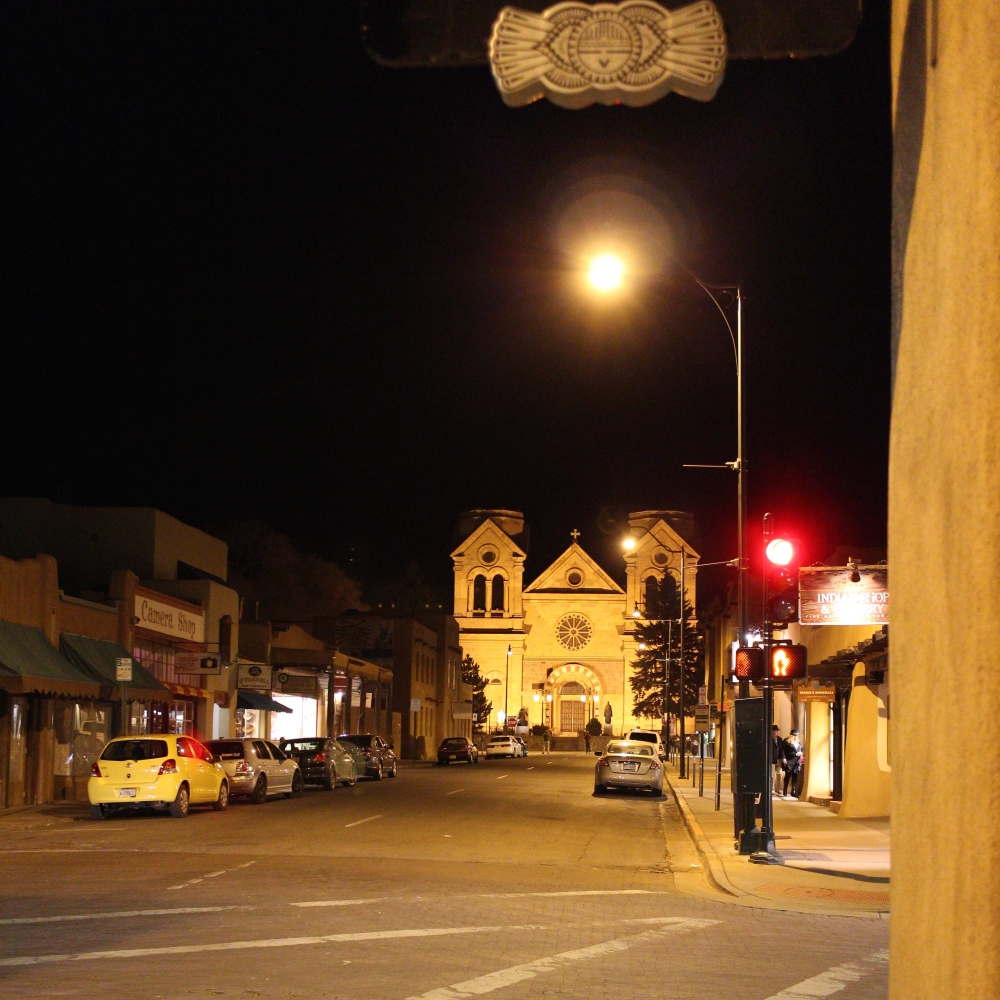(With a huge tip of the hat to Geoff Livingston’s kick ass post from about a month ago looking at the same topic, it was a huge inspiration for me to finally finish and hit publish on this post. I don’t want to take anything away from Geoff, you should read his post first then come back. I’ll wait.)
A few years back, award-winning photographer/videographer/creative genius Chase Jarvis created a project called “The Best Camera is the One You Have With You.” It wasn’t just a project, it became a movement. In addition to the creative photography Jarvis showcased, it spawned a book and an iPhone app encouraging people to discover their own love of photography, and not be limited by the gear they did (or did not) have.
(First off, I want to voice my admiration for Jarvis. His creative work inspired me to chase some of my own creative photography dreams again after a few years.. OK, a decade break. I don’t even disagree with his basic premise; the best camera IS the one you have with you. However, especially in the public relations and social media fields, this really means you have to have to have better equipment with you.)
But far too many public relations and social media professionals have turned this into a crutch. The original idea behind this was to encourage people to think more creatively about their pictures, using the limitations of a smartphone camera to your benefit.
We’ve let this turn into an excuse to not invest in the proper equipment, using this crutch with a shrug and a statement that “this is what people on Instagram/Twitter/Facebook expect these days.” We can’t fall to the lowest common denominator of thinking that blurry iPhone pictures from far away are acceptable in social media, just because “the best camera is the one you have on you.” I understand that everyone is carrying around a smartphone, which has enough technology in it not only to tell your story, but to put a man on the moon.
Part of our problem comes from wanting to pay as little as possible in equipment, and not wanting to learn the new skill set that goes into using a DSLR. Both can be addressed, with a moderate amount of effort.
There are a lot of great cameras out there, and some for cheaper than you may think. Let me give you an example – I picked up a Canon EOS M, mirrorless camera, for just under $400, including lenses, last summer. The camera had been panned for various reasons, but Canon sent out an update that improved the performance. The sensor was already on par with Canon’s Rebel line of DSLRs, and since I’m not really shooting sports, I don’t need a 10 frame-per-second burst rate. I can usually get the images I need.


And there are plenty of baseline mirrorless cameras out there that can do a better job than the EOS M, like two higher end cameras I’ve heard good things about: the Samsung NX-30 or the Olympus E-M5. (Neither of these are affiliate links, just review links) As you see, you can pick a price point and go from there.
But how do you get them to your phone quickly?
Invest $45 in a Wi-Fi card, like an Eye-Fi Mobi card. It creates a small wireless network that you can sync your phone or tablet to. The card transfers your pictures quickly to your phone, where you can pick one, make a few tweaks in iPhoto and upload them to your social network of choice. (Some of these cameras come with Wi-Fi built in, saving you this step)
If you want to improve your social media photography, practice with your gear. . Look for photography lessons, either ones you can take online (YouTube is a great place to look for free lessons) or stuff you can do on the weekends, call it “professional development,” because that’s what it is.
Carry your camera around with you as much as possible. Start looking for interesting shots.

One thing I noticed after carrying my camera for a little while was I started thinking more visually. Things started clicking for me (no pun intended) and I began looking for pictures to grab. My hope is you will as well. The camera on the iPhone is really nice, and it’s getting better with each version, but many baseline DSLR and mirrorless cameras still perform much better, and your social media visuals will improve very quickly. I still have a long way to go, but I’m still plugging away, carrying my camera as an extension of my right hand every time I leave the house or the office.
If you’re looking for some great PR pros who understand the importance of visuals, and can take great pictures as well, I recommend checking out the following inspirational professionals.
Minh Quan (Client Disclaimer)

I’ve always believed that you get the best tools you can afford (camera, tripod, lights, etc) then develop the skills to maximize your tools. Not everyone gets there but the journey is always worth it and along the way, you should have a few great pics (or video) that you can look upon with pride. That’s a good thing, no? 🙂
Thanks for the mention – much appreciated…
You also might want to check out some FEMALE photographers. Yes. They exist. http://blog.photoshelter.com/2014/03/14-female-photographers-know-now/
Thanks for pointing that out! I was thinking about that when I posted this, that there are a lot of talented female photographers out there and I needed to expand my horizons.
Just a friendly reminder. Our work so often goes ignored and unacknowledged, and we make significant contributions in every field.